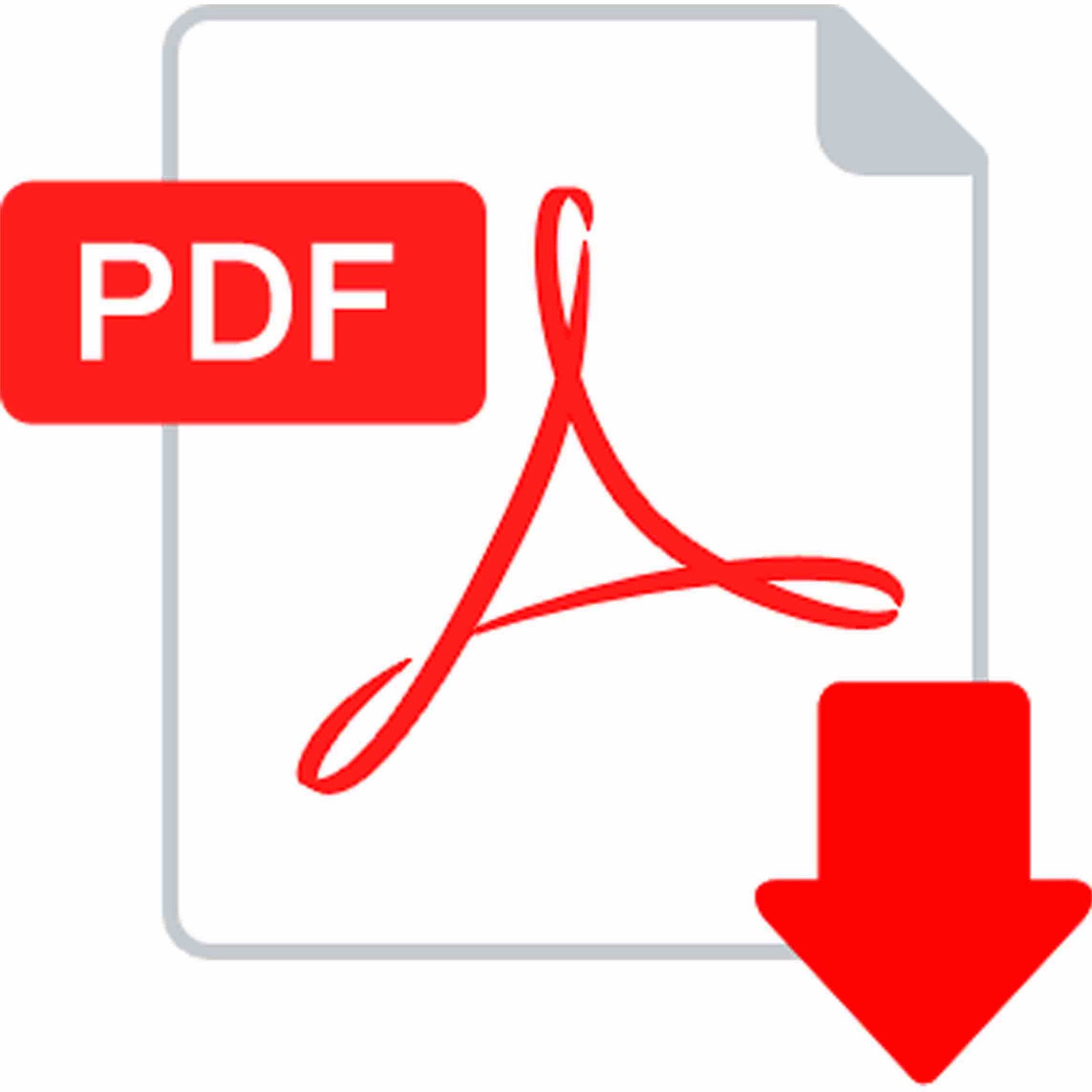| JEL Classification: G20; G21; G24; O33. | DOI: https://doi.org/10.31521/modecon.V49(2025)-24 |
Perebyinis Dmytro, Postgraduate student, Department of International Finance, Vadym Hetman Kyiv National Economic University, Kyiv, Ukraine
ORCID ID: 0009-0003-9562-4560
e-mail: durandal1771@gmail.com
Electronic Financial Technologies: Changing Approaches to Raising Capital
Abstract. Introduction. In today’s rapidly evolving financial marketplace, electronic financial technologies are fundamentally changing traditional methods of raising capital. These innovations are creating new dynamics and opportunities in the financial landscape.
Purpose. This article explores current trends in electronic financial tools, focusing on the adoption and impact of crowdfunding platforms, blockchain technologies, and cryptocurrencies. The goal is to analyze how these digital advancements are increasing the efficiency, speed, and transparency of financial transactions and creating new opportunities for investors and entrepreneurs.
Results. The study reveals several significant benefits of electronic financial technologies, including increased transaction speed and efficiency, reduced costs, expanded access to financial resources for small and medium-sized enterprises (SMEs), and increased transparency and accountability in financial transactions. Despite these benefits, there are challenges such as data security concerns, regulatory compliance issues, market volatility, and the need to build trust among market participants. The findings highlight the importance of adapting traditional financial models and regulatory frameworks to the digital age, in order to facilitate effective capital raising on a global scale.
Conclusions. Adapting traditional financial models to incorporate electronic financial technologies is essential to promote greater flexibility, resilience and efficiency in global capital raising activities. The study concludes with strategic recommendations for policymakers and financial institutions to integrate these digital advances while ensuring robust risk management and regulatory oversight. Embracing these technologies is critical to fostering sustainable economic growth, driving innovation, and enabling more inclusive access to capital.
Keywords: electronic financial technologies; capital raising; fintech; crowdfunding; blockchain; cryptocurrency; digital transformation; innovation; financial markets; financial technology regulation.
References:
- Arner, D. W., Barberis, J. N., & Buckley, R. P. (2015). The evolution of Fintech: a new Post-Crisis paradigm? SSRN Electronic Journal, 47(4), 1271-1319. https://doi.org/10.2139/ssrn.2676553.
- Bank for International Settlements (2020, October 9). Central bank digital currencies: foundational principles and core features. https://www.bis.org/publ/othp33.htm.
- Catalini, C., & Gans, J. S. (2020). Some simple economics of the blockchain. Communications of the ACM, 63(7), 80-90. https://doi.org/10.1145/3359552.
- Deloitte United Kingdom. (2023, February 16). FinTech Sector Analysis 2022 in Review. https://www.deloitte.com/uk/en/Industries/financial-services/blogs/2023/fintech-sector-analysis-2022-in-review.html.
- Gomber, P., Koch, J., & Siering, M. (2017). Digital Finance and FinTech: current research and future research directions. Journal of Business Economics, 87(5), 537-580. https://doi.org/10.1007/s11573-017-0852-x.
- International Monetary Fund. (2025, January 29). Digital money and fintech. https://www.imf.org/en/Topics/digital-money-and-fintech.
- PricewaterhouseCoopers. (n.d.). Global FinTech Report 2017: Redrawing the lines. https://www.pwc.ch/en/insights/fs/global-fintech-report-2017.html.
- Shah, M. A., Harish, K., Shradha Hansda, K., Chowdhury, D., & Yadav, S. (2024). Beyond Mobile Payments: Exploring the Evolution and Future of Fintech (BY IJISRT). International Journal of Innovative Science and Research Technology (IJISRT), 9(4), 468-473. https://doi.org/10.38124/ijisrt/ijisrt24apr259.
- Blockworks (2025, March 6). Asset tokenization is shaping up to be crypto’s theme of the year. https://blockworks.co/news/2023-year-of-asset-tokenization.
- BCG Global (2023, June 1). Relevance of on-chain asset tokenization in “Crypto Winter.” https://www.bcg.com/publications/2022/relevance-of-on-chain-asset-tokenization.
- Asif, M., Khan, M. N., Tiwari, S., Wani, S. K., & Alam, F. (2023). The impact of fintech and digital financial services on financial inclusion in India. Journal of Risk and Financial Management, 16(2), 122. https://doi.org/10.3390/jrfm16020122.
- Carradini, S., & Nystrom, E. (2023). Elements of an emergent style guide for Kickstarter. Technical Communication, 70(1), 54-82. https://doi.org/10.55177/tc679601.
- Crabtree, M. (2025, January 24). Funding Circle Review – P2P Small business Loans in 2025. CompareBanks. https://www.comparebanks.co.uk/banking/banking-reviews/funding-circle-review/.
- Statista (2024, October 1). Number of cyber incidents in the financial industry worldwide from 2013 to 2023. https://www.statista.com/statistics/1310985/number-of-cyber-incidents-in-financial-industry-worldwide/#:~:text=In%202023%2C%20there%20were%203%2C348%20reported%20cyber%20incidents,from%20690%20in%202021%20to%201%2C115%20in%202023.
- Brainwave Technology and IT Solutions & IT Solutions (n.d.) 10 Best Crowdfunding Sites and Platforms in 2024. https://www.brainwavetechno.com/blog/10-best-crowdfunding-sites-and-platforms-in-2024.
- Smith, D. (2024, October 31). Mobile Wallets are Southeast Asia’s Pathway to Financial Inclusion. Asian Banking & Finance. https://asianbankingandfinance.net/cards-payments/commentary/mobile-wallets-are-southeast-asias-pathway-financial-inclusion.
- Kumar, N. (2024, December 27). 43 Fintech Statistics (2025) – Adoption Rate & Growth. DemandSage. https://www.demandsage.com/fintech-statistics/.
- World Bank Group. (2019, October 16). Small and Medium Enterprises (SMEs) Finance. https://www.worldbank.org/en/topic/smefinance.
Received: 23 February 2025
|
How to quote this article? |
| Perebyinis D. (2025). Electronic Financial Technologies: Changing Approaches to Raising Capital. Modern Economics, 49(2025), 177-187. DOI: https://doi.org/10.31521/modecon.V49(2025)-24. |











 Українська
Українська